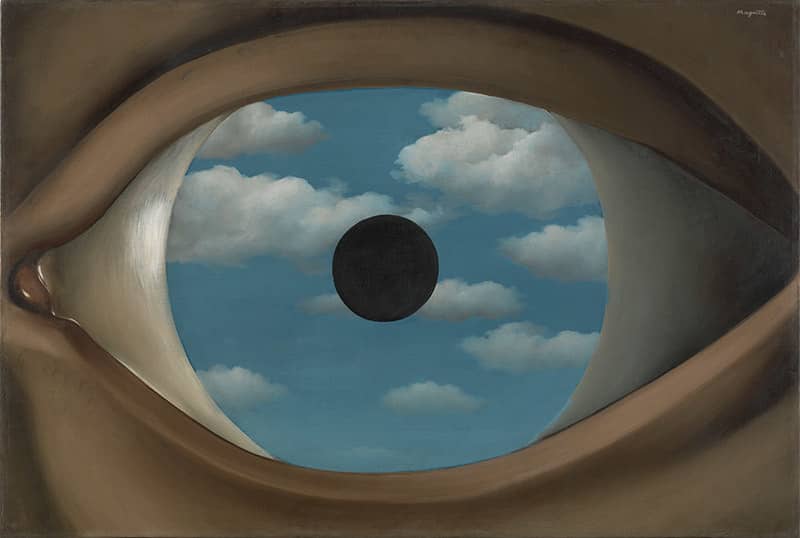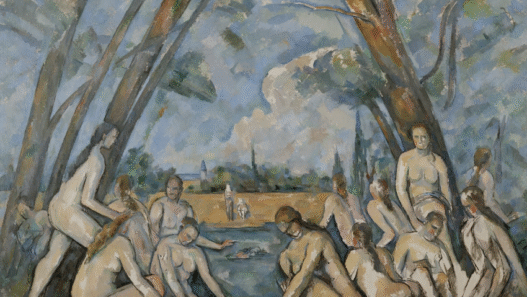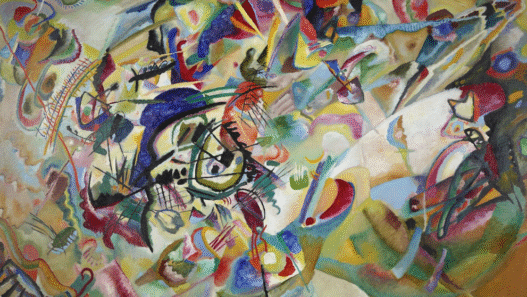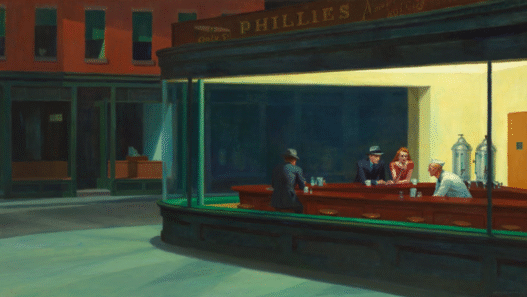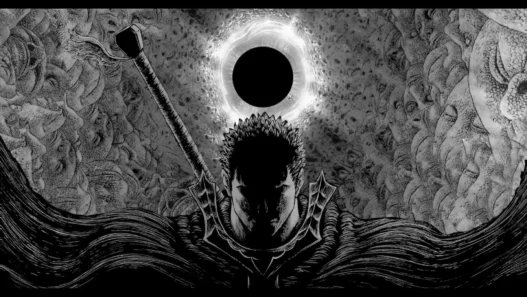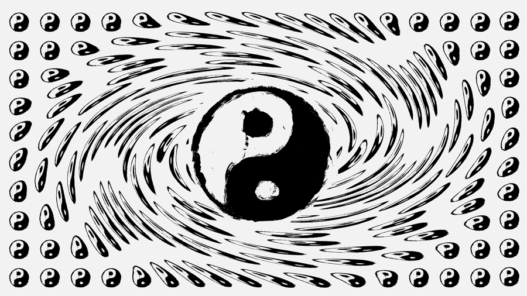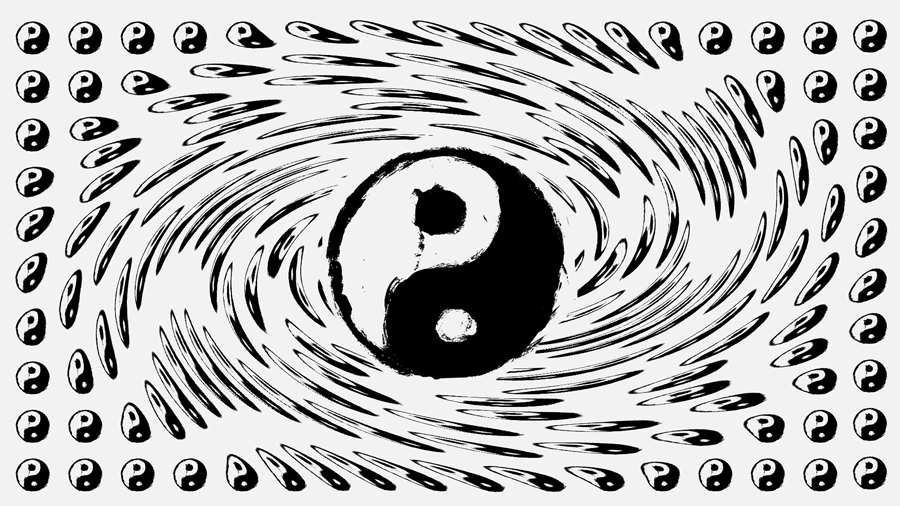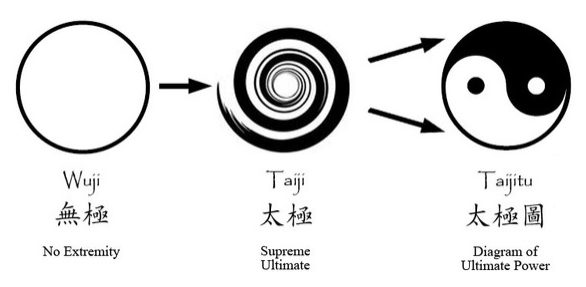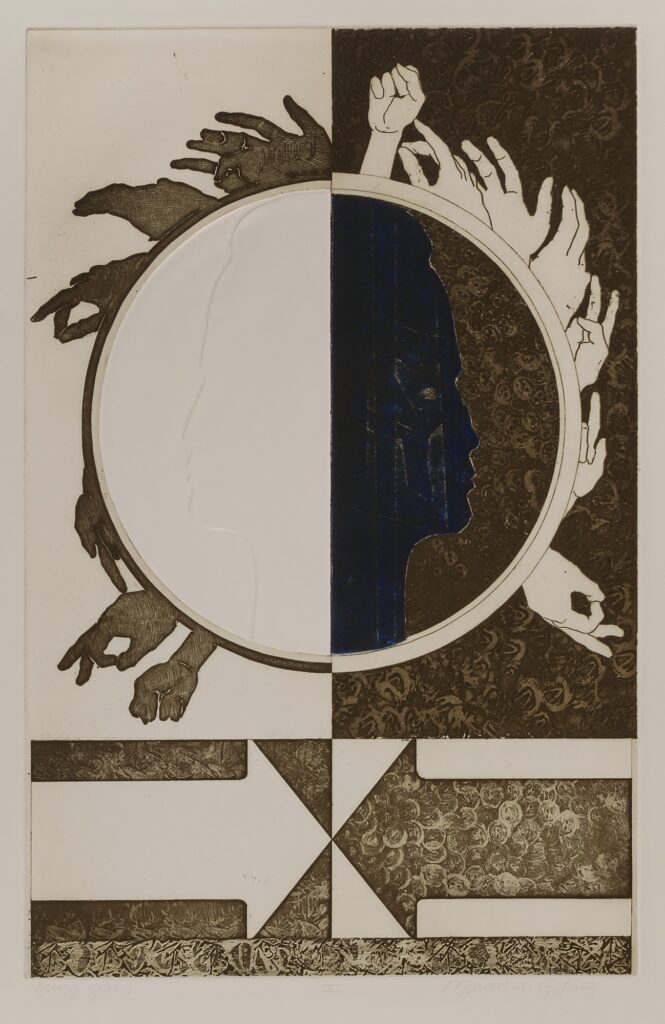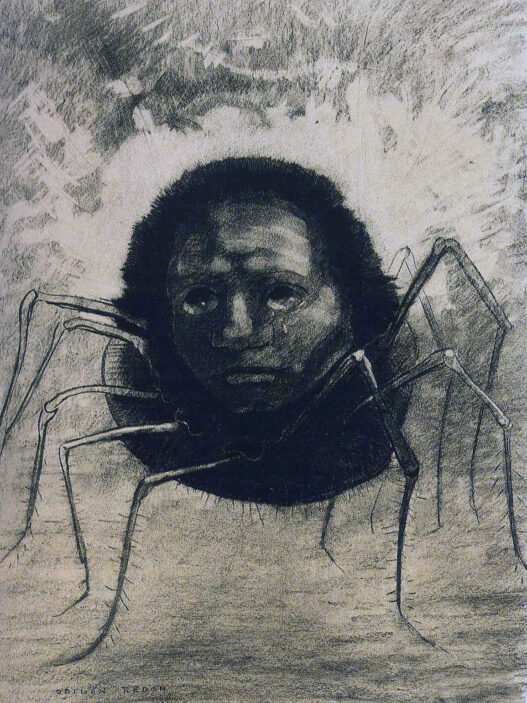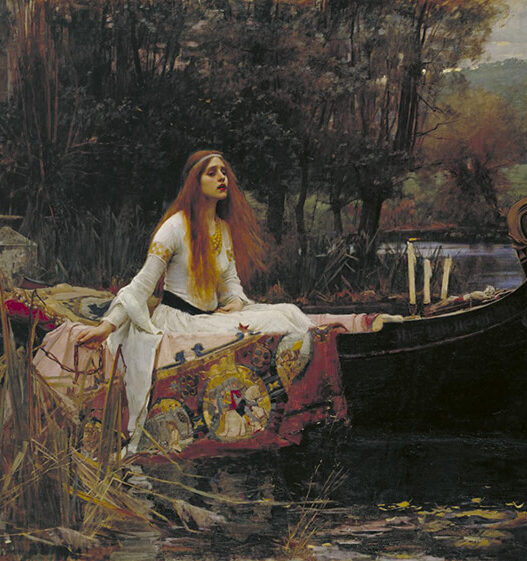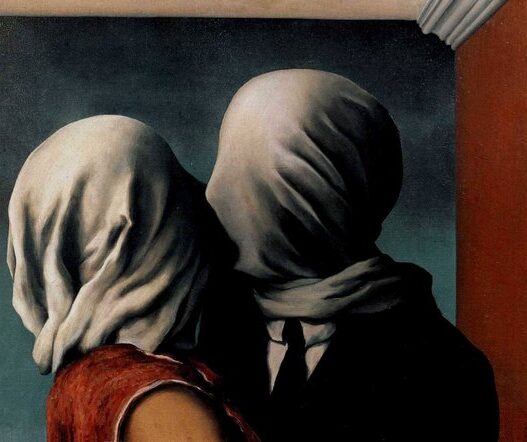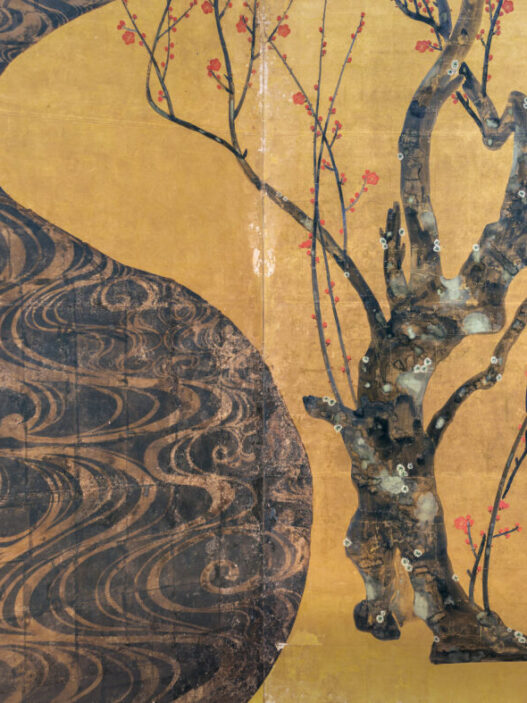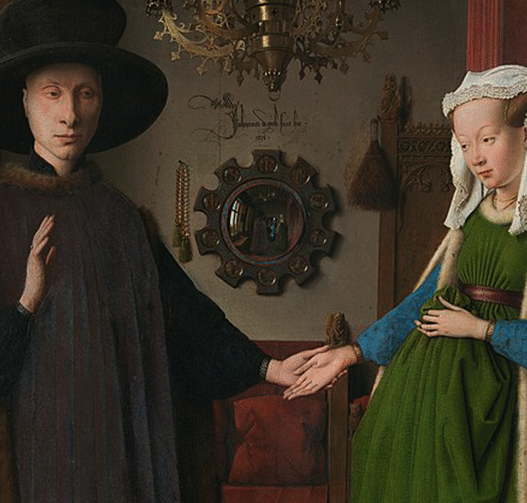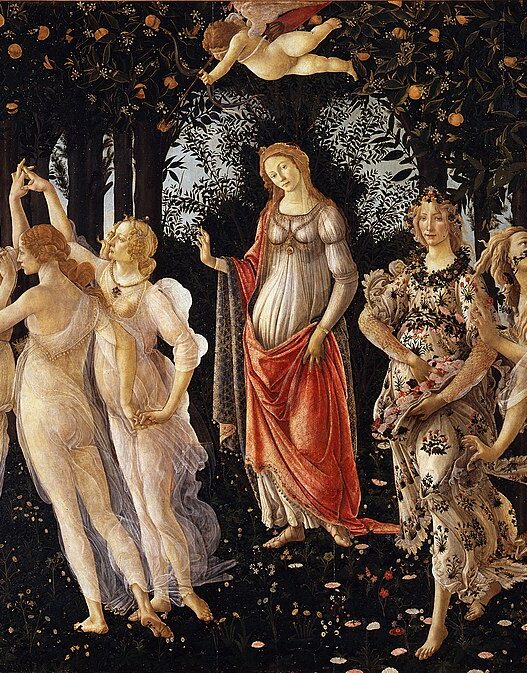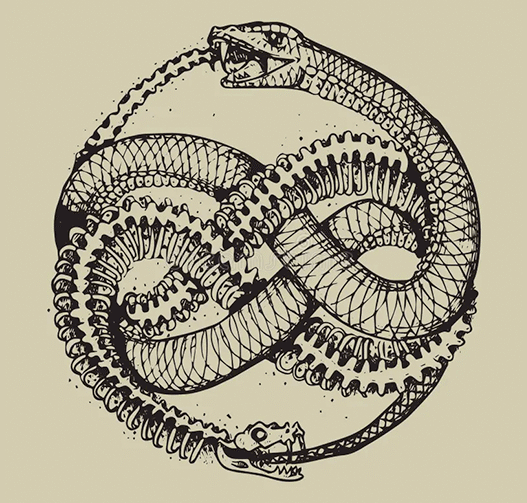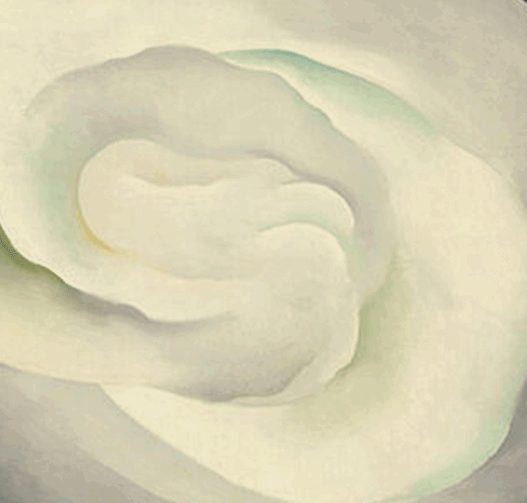The Yin Yang symbol is one of the most powerful and enduring icons in human history. What is our fascination with this simple black-and-white shape that carries centuries of meaning?
Whenever I look at the yin yang symbol, I don’t just see a graphic of black and white halves, I see a visual poem about opposites being inseparable, about balance being dynamic, and about how art can express what words sometimes can’t.
Yin Yang Origin
The terms Yin and Yang go back thousands of years. The earliest versions of these characters were found carved into oracle bones, animal bones used for divination as far back as the 14th century B.C.E. In those early inscriptions, yin and yang weren’t yet big philosophical ideas; they were simple observations about nature, especially sunlight. Yang referred to daylight and the presence of the sun, while Yin described nighttime and the absence of sunlight.
Ancient Chinese dictionaries, like Shuowen Jiezi (around 100 C.E.), give us more clues: Yin was linked to closed spaces, darkness, the north side of mountains, and the south bank of rivers.
Yang, in contrast, was tied to brightness, height, and the sunlit southern slopes. These meanings grew out of everyday life. Farming communities lived by the rhythm of the sun, working in the fields when it rose, resting at home when it set. Over time, this daily pattern shaped a symbolic idea:
Yang represents movement, while Yin represents rest.
Interestingly, Yin and Yang were originally separate concepts. The first known time they were written together comes from the Shijing (Book of Songs), where they describe the sunny and shaded sides of a hill. This simple image, light on one slope, shadow on the other, laid the foundation for one of the most enduring symbols of balance and duality in human history.
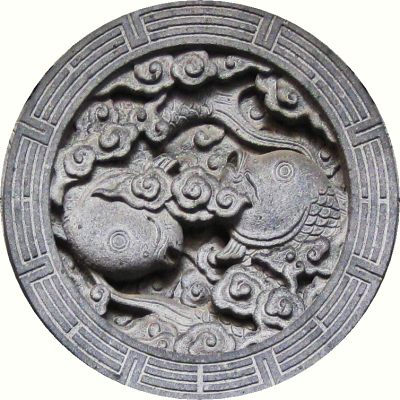
What Is Yin Yang, Really
The yin yang (often called yinyang, yin-yang, or taijitu) comes from ancient Chinese philosophy and cosmology. It describes two complementary forces or principles:
Yin is associated with darkness, the moon, the earth, passivity, receptivity.
Yang is tied to light, the sun, activity, heat, masculinity, and outward movement.
They aren’t in conflict; they are interdependent. Each contains a seed of the other (represented by the small dot in each half) because nothing is purely one thing. Even in extremes, there is always a trace of its opposite.
Origins & Symbolic Depth
The concept of yin yang first appeared in early Chinese texts that explored natural phenomena such as sunlight and shadow, the sunny and shady sides of hills, and the cycles of night and day. Over time, it evolved to become a central idea in Taoist philosophy and influenced many aspects of life, including medicine, art, and politics, shaping how people understood harmony, change, and balance. Importantly, yin yang isn’t about good versus evil, it’s not a moral judgment but a reflection of cosmic rhythm, tension, and the continuous interplay of opposing yet complementary forces.
Why It Matters in Art
For me, artists use yin yang symbolism because it embodies contrast and unity simultaneously. It’s perfect for exploring:
Light vs dark (literally: chiaroscuro, contrast in painting or photography)
Activity vs rest (motion vs stillness in sculpture or performance)
Internal vs external (emotion vs environment, the seen vs the unseen)
Oppositional balance in composition, colour, form
In art, the yin yang is both motif and method: not just what is shown, but how balance / duality is structured.
